What is Industrial Internet of Things (IIoT)?

What is IIoT and Impact on Manufacturing?
Before we discuss IIoT, let’s understand what is IoT. Internet of Things, IoT is a network of things, intelligent computers, and systems that are connected to the internet to collect and share data in time series manner. A ‘thing’ can be any physical object or device that is capable of transmitting data. So, from consumer products like a television set, refrigerator, or large commercial products like windmill and oil well, and everything in between is considered as ‘Thing’. The collected data is sent to a central Cloud-based service where it is aggregated and processed with other data and then shared with end users in a useful way. Various studies predict that over 30 Bn devices will be connected to the internet over the next 5 year. The IoT will increase automation in homes, cities, stores, and in many industries such as automotive, chemical, FMCG, and others.
The Industrial IoT is part of this larger concept known as the Internet of Things (IoT). The application of IoT in the manufacturing industry is called the IIoT (or Industrial Internet or Industry 4.0). The IIoT will revolutionize manufacturing by enabling the acquisition and accessibility of far greater amounts of data, at far greater speeds, and far more efficiently than ever before. A number of innovative companies have started Industry 4.0 initiatives and driving IIoT projects to make their factories smart factories.
What are the Benefits of IIoT?
Earlier, manufacturers have machines connected using DCS, SCADA, PLC, or similar operational technology. Most of these are siloed efforts lacking wholesome visibility across the factory or a plant. The IoT changes this by greatly improving data collection efficiency, scalability, time & indirect labor savings for industrial organizations. There are numerous IoT success stories where companies are already benefiting from the IIoT through cost savings with better energy conservation, predictive maintenance, improved safety, and other operational efficiencies. IIoT initiatives are breaking the data silos for industries and connect all of their people, processes, and data from the shop floor to the top floor. Business leaders can use IoT data to get a full and accurate view of how their enterprise is doing, which will help them make better decisions.
IIoT Protocols for Data Collection
IIoT shifts the paradigm for machine data. Ability to collect and process data at large is one of the biggest advantages of IIoT platforms. However, manufacturings plants have a variety of equipment and heterogeneous devices where machines. This poses a challenge in data collection while making a transition to the IoT. Different IIoT protocols such as UPC-UA/DA, bi-directional MQTT, and others are preferred as communication protocols.
Challenges for the IIoT
Although security is touted as the biggest challenges for IIoT projects, in our experience of over 150 IoT projects globally, technology maturity of the enterprise and interoperability are probably the two biggest challenges surrounding the implementation of IIoT. Tech writer Margaret Rouse writes, “A major concern surrounding the Industrial IoT is interoperability between devices and machines that use different protocols and have different architectures.” Datonis IoT Platform offers a wide array of such protocols and ability to build custom protocols making it easier to rapidly build & deploy IoT Solutions in industrial scenario. The second aspect of technology maturity or culture of change adoption is crucial for IoT implementation. It may be a huge effort to uplift the old infrastructure to support IIoT projects and bring cultural changes to make such projects successful, as operational transparency unearthed by IoT could be shocking at times.
The Future of the IIoT
The IIoT is projected to experience a compound annual growth rate of 28% over next 7 years, claims IDC. It is widely considered to be one of the primary trends affecting industrial businesses today and in the future. Industries are pushing to modernize systems and equipment to meet new regulations, to keep up with increasing demand, speed and volatility. Businesses that have embraced the IoT have seen significant RoI in terms of improvements to productivity, quality, maintenance, safety, energy savings, and decision making. This trend will continue to grow as IIoT technologies are more widely adopted and benefits are evident.
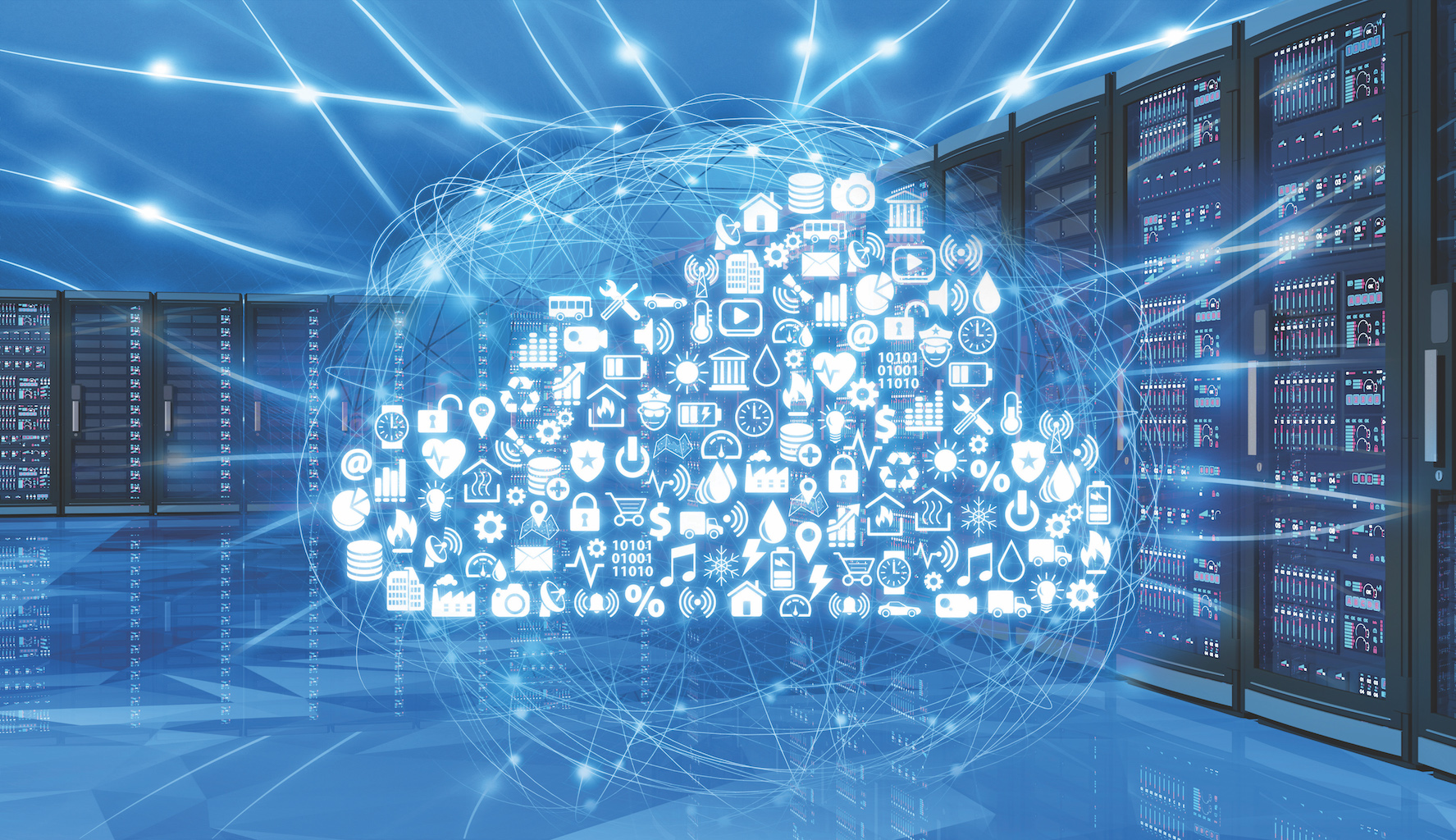


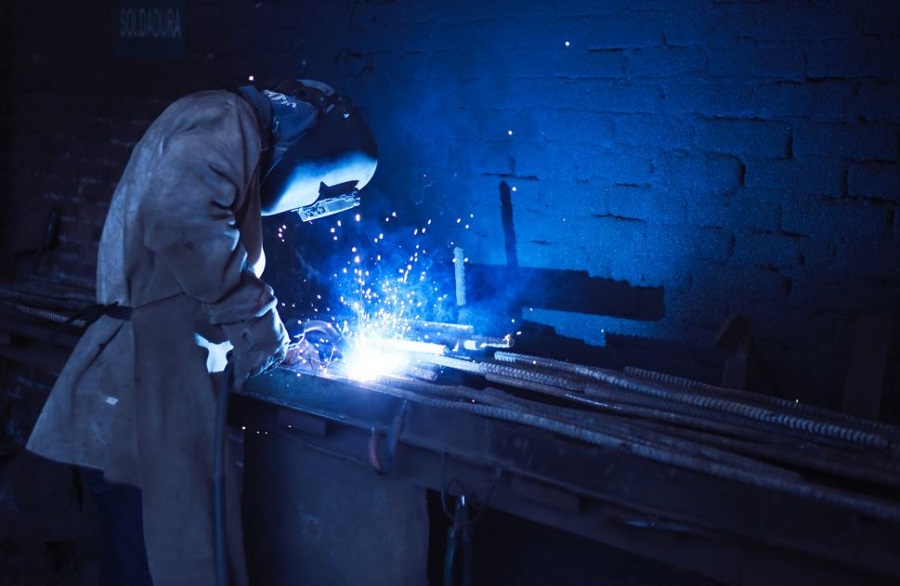
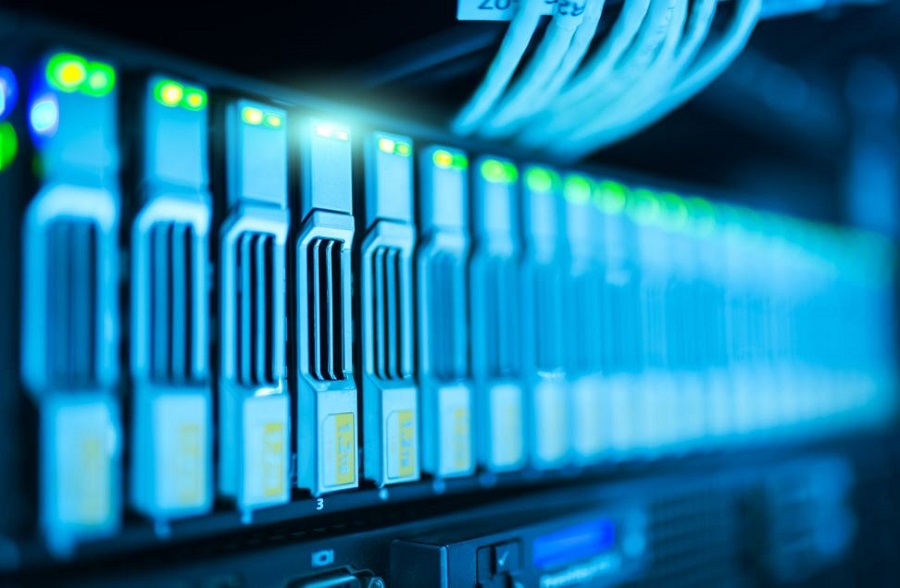
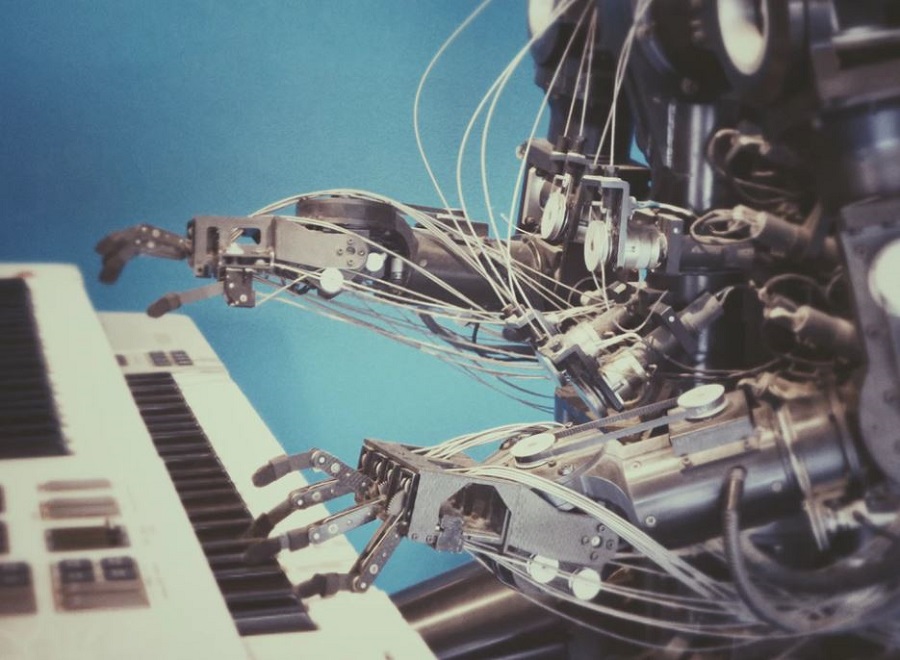
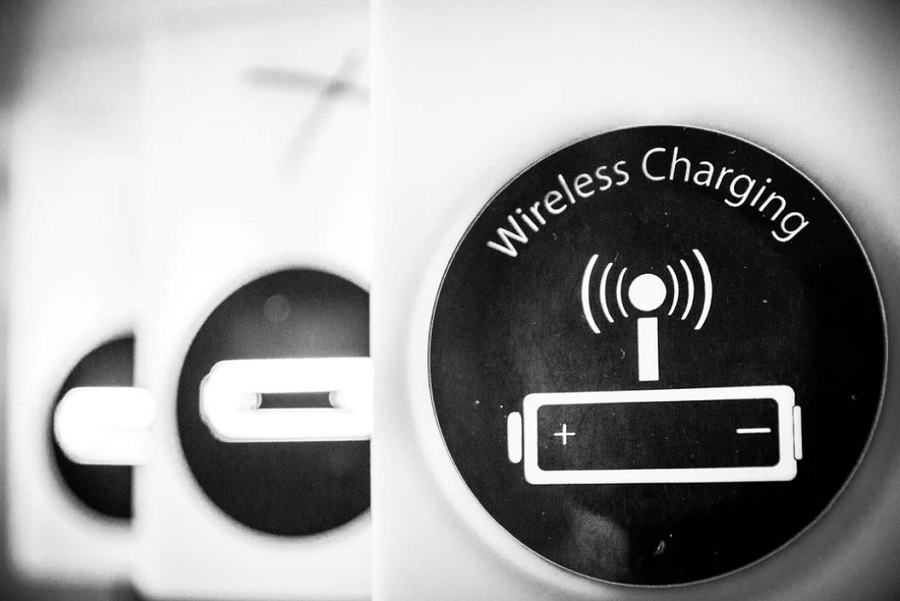

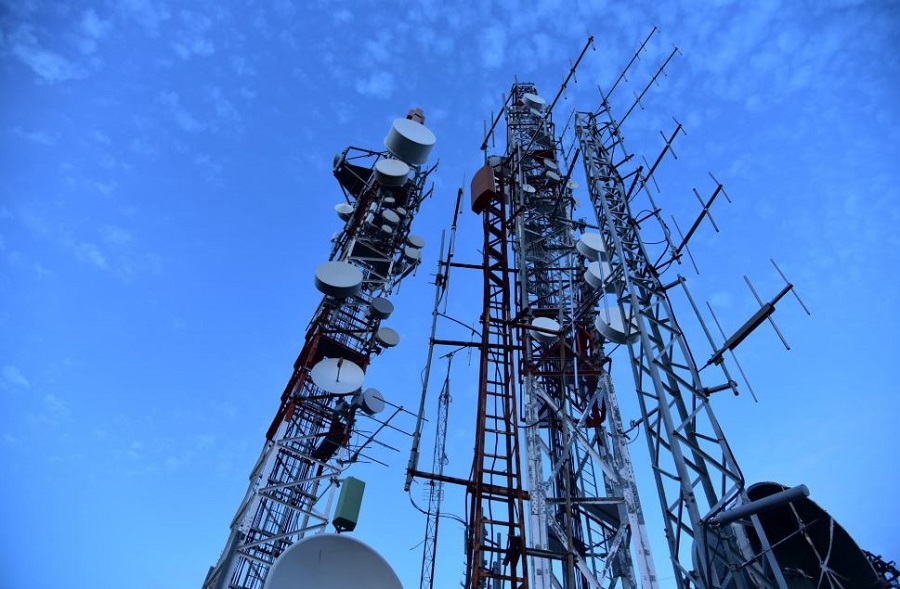

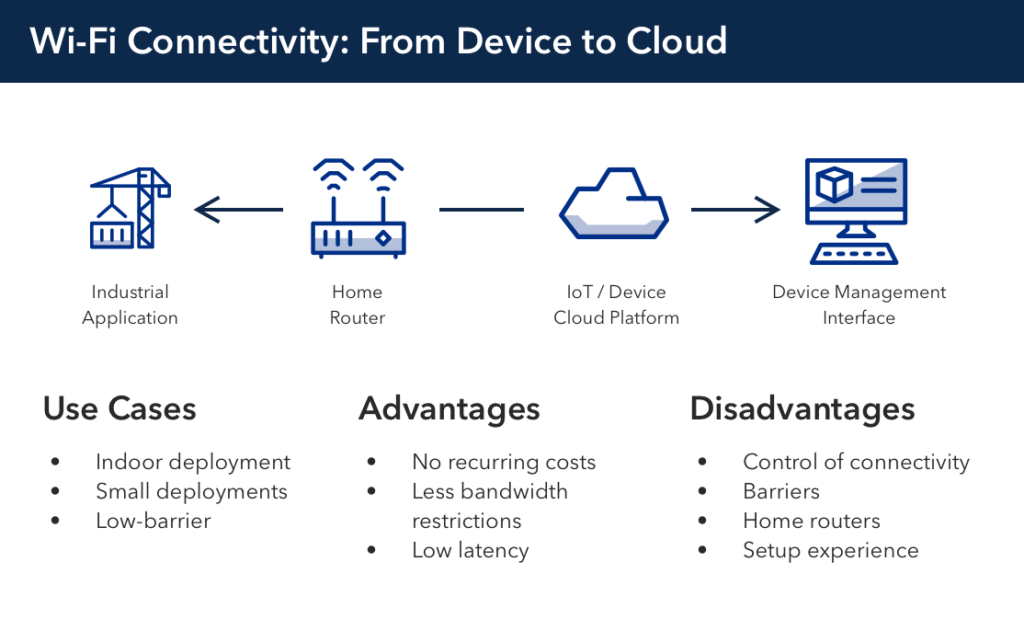
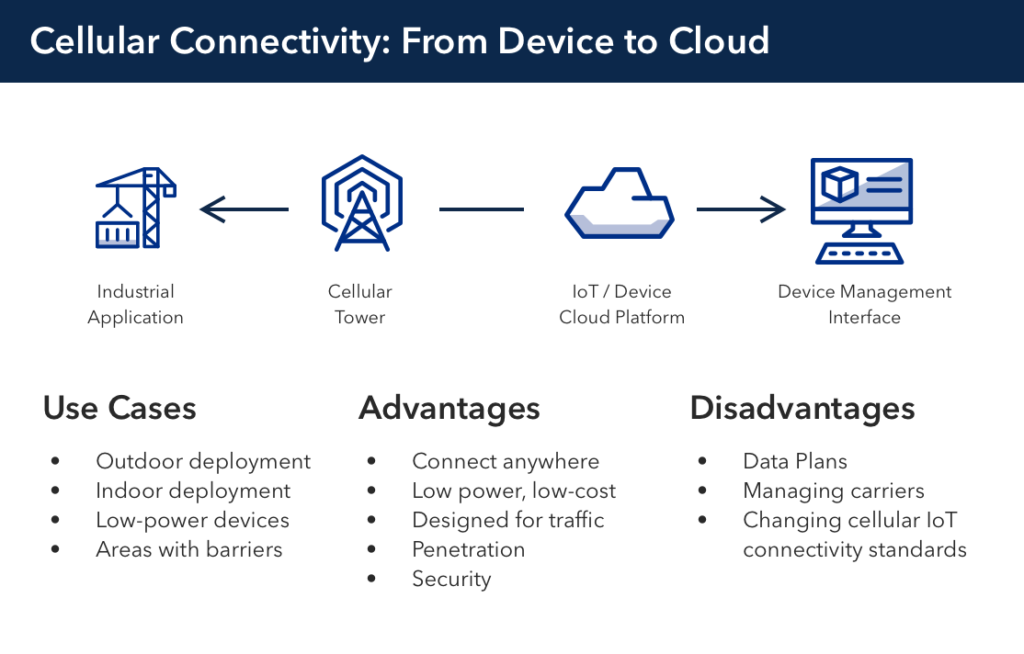


Commentaires récents